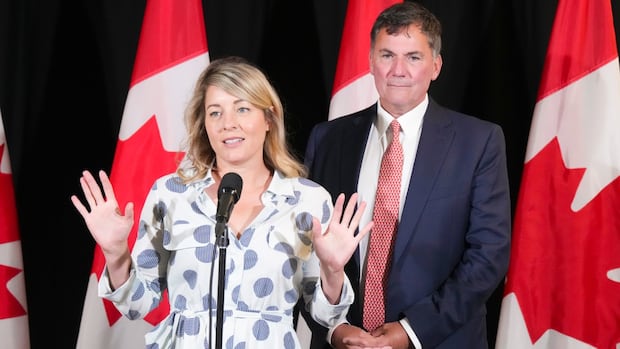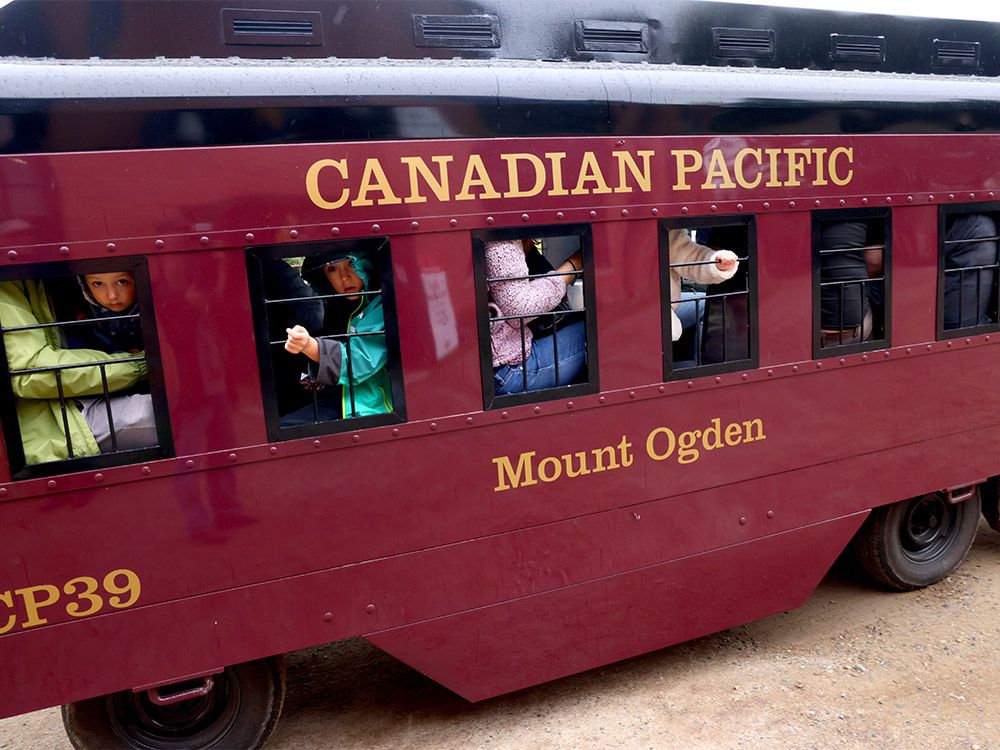Alberta Intermediate election where Poilievre highlighted emphasizing the need for election reform, say protesters

The Battle River-Crowfoot Federal Byelection in Camrose, Alta., saw a unique form of political protest as residents Naomi Finneth and Nathan Sereda filled out nomination forms for 250 unknown candidates. This act was a response to the controversial decision to hold a new election after conservative parliament member Damien Kurek’s resignation, allowing party leader Pierre Poilievre to run for the seat once again.
The longest ballot committee, responsible for flooding the interim election with a record number of candidates, aims to highlight the need for electoral reform in Canada. By encouraging voters to write in their preferred candidate instead of choosing from a printed list, the committee has sparked debate and criticism from politicians like Poilievre, who denounce the tactic as a ‘scam’.
Despite the backlash, supporters of the committee argue that the current election laws are flawed and that decisions regarding electoral processes should be made by an independent body rather than politicians. By engaging in this unconventional form of protest, individuals like Finneth and Sereda hope to draw attention to the need for change in the electoral system.
As the debate over the longest ballot committee continues, both supporters and critics are divided on the effectiveness of such protests. While some believe that the current system is in dire need of reform, others argue that the committee’s tactics may not be the most effective way to bring about change.
Ultimately, the Battle River-Crowfoot Federal Byelection serves as a reminder of the complexities and challenges inherent in the Canadian electoral system. As the debate rages on, it remains to be seen whether the actions of the longest ballot committee will lead to meaningful reform in the future.




